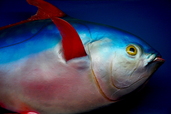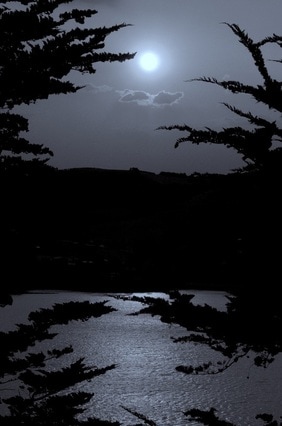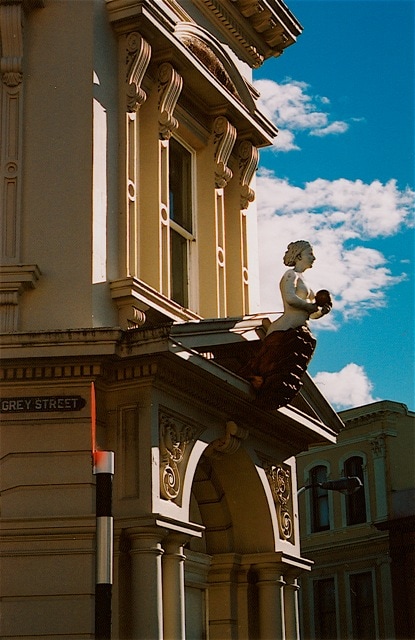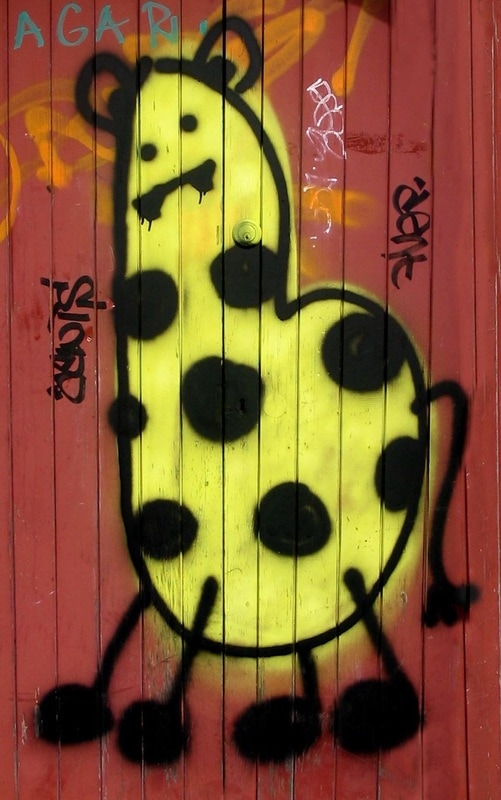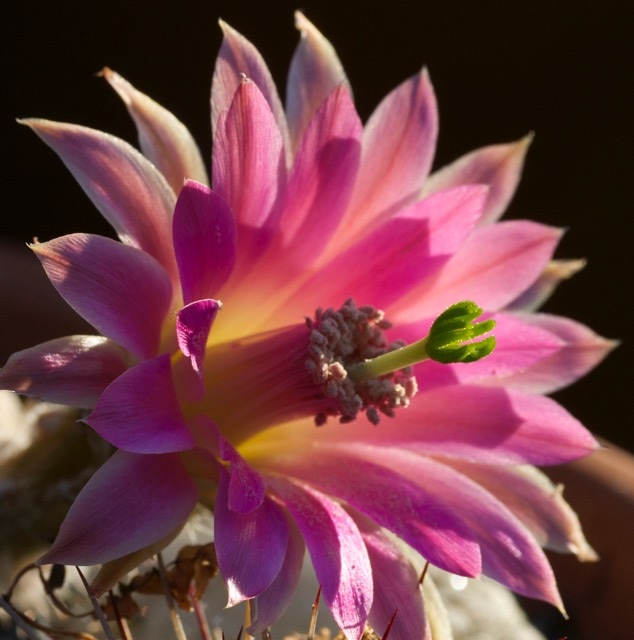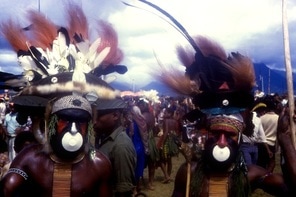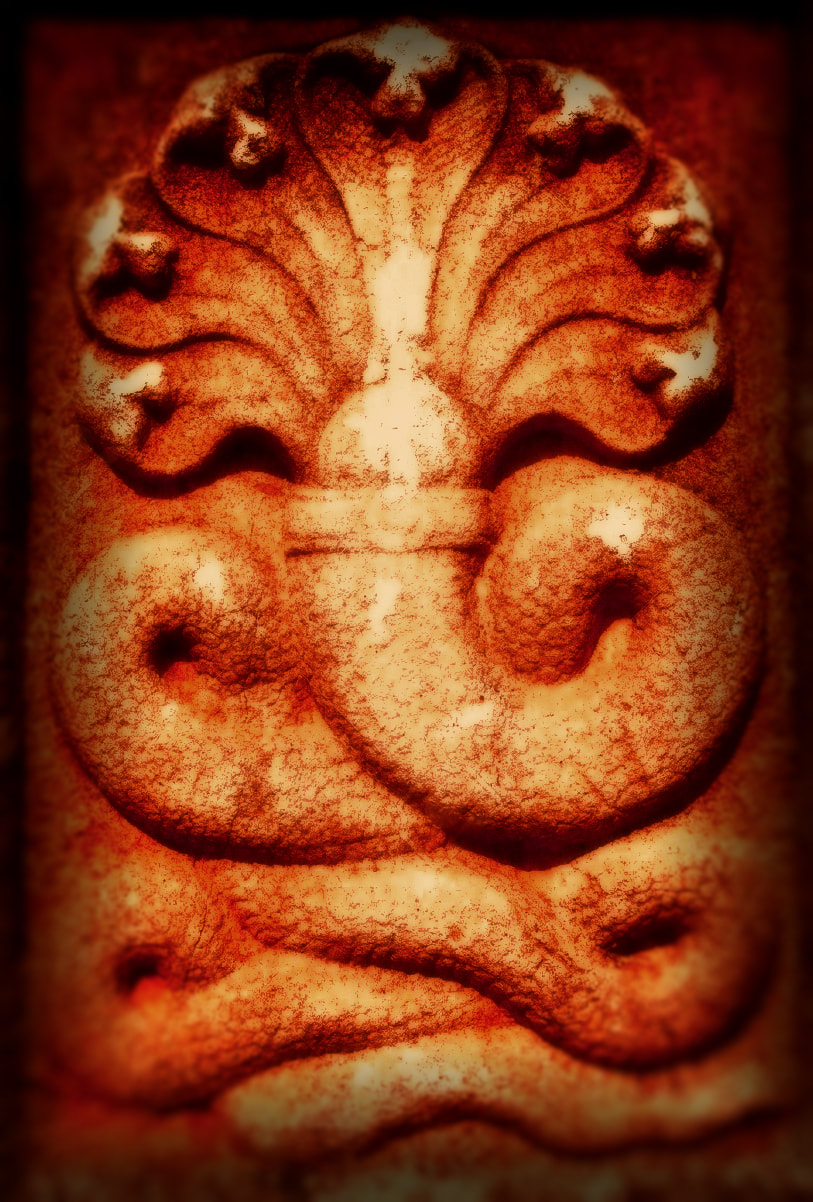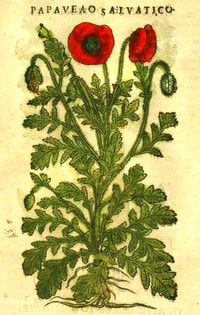As our only native palm the Nikau holds a special place amongst New Zealand flora, giving the forests of its selective range that otherness that is so often admired. It is sometimes shocking to see its stiff, totemic silhouette loom out of a snowfall on the West Coast, so tropical is the palm in our collective associations. Upon closer inspection it doesn't have so much in common with its slouchy northern cousins; it is always ramrod straight and truffula-esque, often cloaked in epiphytes and standing amid scrub and podocarps like adopted children of the forest proper, beloved if not blood-related.
We have several juveniles lurking in our own garden, the most recent a tween scion of the Chatham Island race that is justifying its reputation for faster growth and sturdier constitution in comparison with the classic species. They require no specific soil conditions aside from the usual humus and drainage, but demand shade when young; as is evident in the above image they are a forest species and thrive only where they have the constancy and support of vegetative whanau. That is not to say they will not persist in other situations, but it is our observation that they will reward a bit of empathy. In formal New Zealand gardens they are a stunning coup de théâtre, standing like the pillars of some Atlantean colonnade, often laden with sautoirs of tiny flowers or beaded oxblood fruits. Their huge cast leaves are sculpture in themselves. We look forward to their reptile trunks emerging from amongst their more quotidian companions on our own property. Apparently the sprouting fronds are edible once boiled or macerated, but you'd have to be bloody hungry.

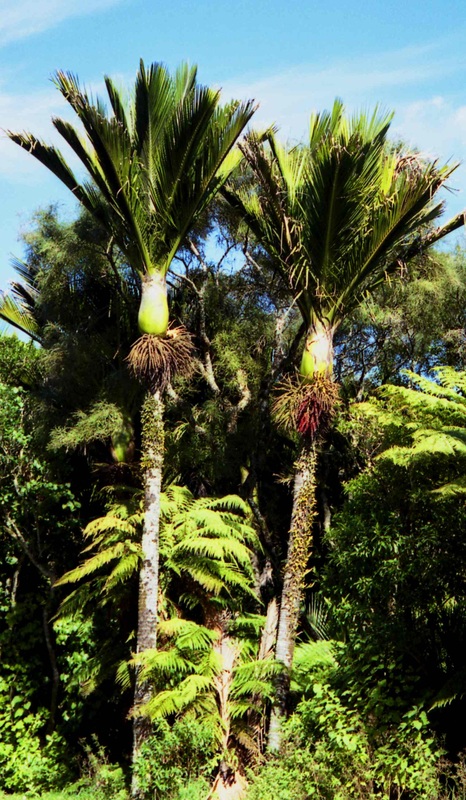
 RSS Feed
RSS Feed



